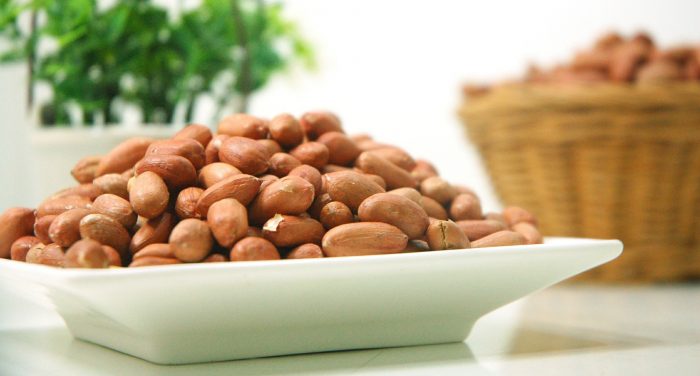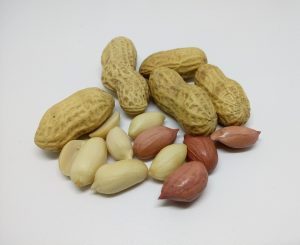By David Dunaief, M.D.
One person every 40 seconds: that’s how prevalent heart attacks still are in the U.S. (1). Your gender and race don’t matter, we’re all susceptible. Of these 805,000 annual heart attacks, one in five is “silent” — you might not be aware you’ve had it, but your body is still affected. The good news is that your potential outcomes are significantly better if you recognize the symptoms while having a heart attack and receive immediate medical attention.
What are heart attack symptoms?
The most recognizable symptom is chest pain. However, there are an array of more subtle symptoms, such as discomfort or pain in the neck, back, jaw, arms and upper abdominal areas. You might also experience nausea, shortness of breath, sweating, light-headedness and tachycardia (racing heart rate). Unfortunately, most people don’t recognize these as symptoms of heart attack (2). According to one study, about 10 percent of patients present with atypical symptoms and no chest pain (3).
Are heart attack symptoms really different for men and women?
There has been much discussion about whether men and women have different symptoms when it comes to heart attacks. What does the research tell us?
There is data showing that, although men have heart attacks more commonly, women are more likely to die from a heart attack (4). In a Swedish study of 54,000 heart attack patients, one-third were women. After having a heart attack, a significantly greater number of women died in the hospital or near-term when compared to men. The women received aggressive treatments, such as reperfusion therapy, artery opening treatment that includes medications or invasive procedures, less often than the men.
However, recurrent heart attacks occurred at the same rate, regardless of sex. Both men and women had similar findings on an electrocardiogram.
One theory about why women receive less aggressive treatment when first presenting in the ER is that they have different and more subtle symptoms — even chest pain symptoms may be different. Is this true? Not according to studies.
In one observational study of 2,500 patients, results showed that, though there were some subtle differences, when men and women presented with chest pain as the main symptom, it was of a similar nature (5). There were 34 chest pain characteristic questions used to determine if a difference existed. These included location, quality or type of pain and duration. Of these, there was some small amount of divergence: the duration was shorter for a man (2 to 30 minutes), and pain subsided more for men than for women. The authors concluded that determination of heart attacks with chest pain symptoms should not factor in the sex of patients.
This trial involved an older population; patients were a median age of 70 for women and 59 for men, with more men having had a prior heart attack. The population difference was a conspicuous weakness of an otherwise solid study, since age and previous heart attack history are important factors.
In the GENESIS-PRAXY study, another observational study, the median age of both men and women was 49. Results showed that chest pain remained the most prevalent presenting symptom in both men and women (6). However, of the patients who presented without distinct chest pain and with less specific EKG findings, significantly more were women than men.
Those who did not have chest pain symptoms may have experienced back discomfort, weakness, discomfort or pain in the throat, neck, right arm and/or shoulder, flushing, nausea, vomiting and headache. If the patients did not have chest pain, regardless of sex, the symptoms were diffuse and nonspecific.
Some studies imply that up to 35 percent of patients do not present with chest pain as their primary complaint (7).
Is someone having a heart attack?
Call 911 immediately, and have the patient chew an adult aspirin (325 mg) or four baby aspirins, provided they do not have a condition that precludes taking aspirin. The purpose of aspirin is to thin the blood quickly, but not if the person might have a ruptured blood vessel. The 911 operator or emergency medical technician who responds can help you determine whether aspirin is appropriate.
Don’t hesitate to seek immediate medical attention; it’s better to have a medical professional rule out a heart attack than to ignore one.
The most frequently occurring heart attack symptoms
Most patients have similar types of chest pain, regardless of gender. However, this is where the complexity begins. The percentage of patients who present without chest pain seems to vary depending on which study you review — ranging from less than 10 percent to 35 percent.
Non-chest pain heart attacks have a bevy of diffuse symptoms, including obscure pain, nausea, shortness of breath and light-headedness. This is seen in both men and women, although it occurs more often in women. It’s important to recognize heart attack symptoms, since quick action can save your life or a loved one’s.
References:
(1) csc.gov. (2) MMWR. 2008;57:175–179. (3) Chest. 2004;126:461-469. (4) Int J Cardiol. 2013;168:1041-1047. (5) JAMA Intern Med. 2014 Feb. 1;174:241-249. (6) JAMA Intern Med. 2013;173:1863-1871. (7) JAMA. 2012;307:813-822.
Dr. David Dunaief is a speaker, author and local lifestyle medicine physician focusing on the integration of medicine, nutrition, fitness and stress management. For further information, visit www.medicalcompassmd.com or consult your personal physician.















